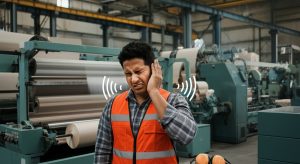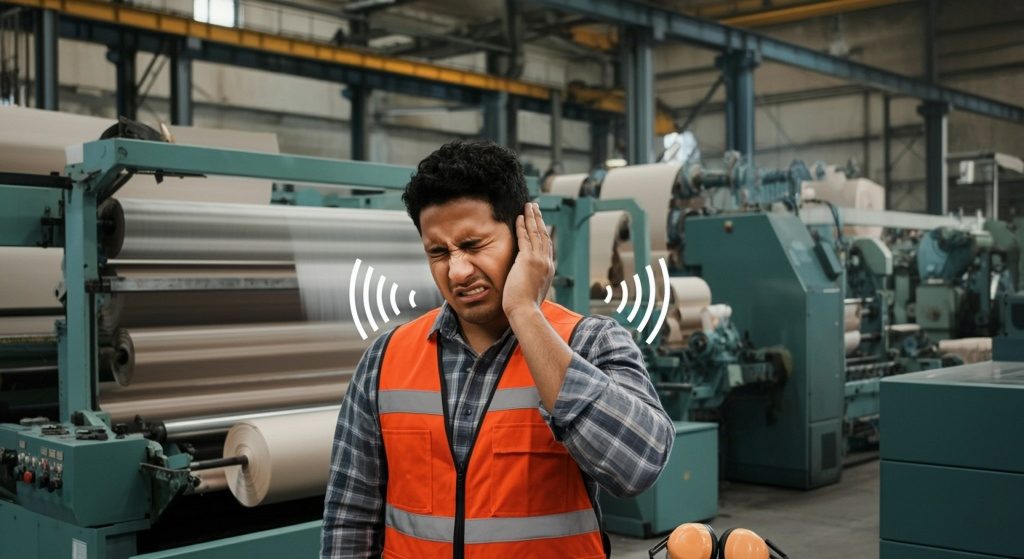Noise is an everyday part of life, but prolonged exposure to loud sounds can have lasting consequences for your hearing. Noise-induced hearing loss (NIHL) is a common yet preventable condition that occurs when the delicate areas in the inner ear are damaged by excessive noise. Understanding how noise levels are measured and adopting protective habits can safeguard your hearing for years to come.
What Is Noise-Induced Hearing Loss (NIHL)?
NIHL happens when loud sounds damage the hair cells in the inner ear. These hairs are responsible for transmitting sound signals to the brain. Unlike other types of hearing loss, NIHL is entirely preventable, yet it affects millions of people worldwide. This includes children, teens, and adults. The damage is often gradual and can lead to permanent hearing loss if preventive steps aren’t taken.
brain. Unlike other types of hearing loss, NIHL is entirely preventable, yet it affects millions of people worldwide. This includes children, teens, and adults. The damage is often gradual and can lead to permanent hearing loss if preventive steps aren’t taken.
Understanding Decibels (dB) and Sound Intensity
Sound intensity is measured in decibels (dB), a logarithmic scale that represents the pressure of sound waves. A small increase in decibels represents a significant increase in sound intensity. For example, a sound at 70 dB is ten times more intense than one at 60 dB.
The higher the decibel level, the greater the risk of hearing damage, especially with prolonged exposure.
Common Sounds and Their Decibel Levels
To better understand how sound levels impact hearing, here are some examples of everyday noises and their approximate decibel levels:
- Whisper: 30 dB (Safe)
- Normal conversation: 60 dB (Safe)
- Traffic noise: 70–85 dB (Prolonged exposure can cause damage)
- Lawn mower: 90 dB (Hearing damage possible after 2 hours)
- Rock concert or nightclub: 100–120 dB (Damage possible within minutes)
- Fireworks: 140 dB (Immediate risk of hearing loss)
Prolonged exposure to sounds above 70 dB can harm your hearing, while sounds over 120 dB can cause immediate damage.
Safe Noise Exposure Limits
The risk of hearing damage depends on both the intensity and duration of sound exposure. Here are general guidelines for safe exposure:
- Sounds at 70 dB or lower are considered safe, regardless of duration.
- Sounds at 85 dB can cause damage after 8 hours of continuous exposure.
- At 100 dB, hearing damage can occur in as little as 15 minutes.
It’s important to note that the louder the sound is, the shorter the safe exposure time.
Protecting Your Hearing in Loud Environments
Loud environments such as concerts, sporting events, or construction sites pose significant risks to hearing. Here are some actionable tips to protect your ears:
- Wear Hearing Protection: Use earplugs or noise-canceling earmuffs in loud settings.
- Moderate Headphone Use: Keep the volume at 60% or lower and take breaks to rest your ears.
- Limit Exposure: Avoid prolonged stays in noisy environments when possible.
- Monitor Noise Levels: Use a decibel meter app to assess the noise level in your surroundings.
Hearing Care in Sarasota, FL
Your hearing is precious and worth protecting. By understanding the risks of noise-induced hearing loss and taking proactive measures, you can enjoy life’s sounds without putting your hearing at risk.
For more personalized advice on hearing protection or to address any concerns about your hearing health, contact Sarasota Hearing Center at 941-226-8106. We’re here to help you preserve your hearing for a lifetime of sound enjoyment!
